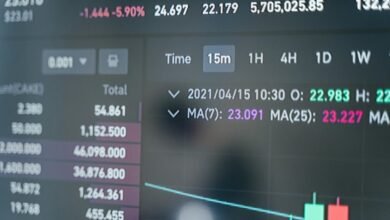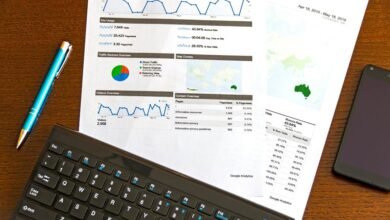Track Unknown Numbers: 3427617717, 3511691878, 3511909164, 3290638951, 3669351562, 3703628561

Tracking unknown numbers, such as 3427617717 and 3511691878, requires a methodical approach to discern their origins. Each number can reveal insights into geographic locations and service providers. This analysis is crucial for identifying potential threats or legitimate contacts. Understanding these calls’ motivations can aid in distinguishing spam from genuine communication. However, the complexities involved in this investigation raise important questions about user safety and decision-making processes. What patterns will emerge from these inquiries?
Overview of Unknown Numbers
In an era where communication is predominantly digital, the prevalence of unknown numbers has become increasingly significant.
Unknown caller identification poses challenges for users seeking transparency and security. Phone number tracing technologies emerge as essential tools, enabling individuals to discern the identity behind anonymous calls.
This growing reliance on such methods highlights the need for effective solutions in an evolving landscape of digital communication.
Analysis of Each Number
The analysis of each unknown number involves a systematic approach to identify patterns and potential sources.
Investigators examine number origins to ascertain geographic and service provider affiliations. Understanding caller motivations is crucial, as it may reveal intent behind the calls, such as telemarketing or scams.
This methodical scrutiny aids in filtering legitimate contacts from unsolicited intrusions, enhancing personal freedom in communication.
Common Patterns and Trends
Patterns and trends in unknown numbers often reveal significant insights into their nature and origin. Analyzing caller identification data frequently indicates that certain number ranges are associated with high spam detection rates.
Additionally, repeated occurrences of specific area codes may suggest geographic targeting. Understanding these commonalities enhances users’ ability to discern legitimate calls from potential threats, ultimately promoting informed decision-making.
Tips for Handling Unknown Calls
Handling unknown calls requires a strategic approach to mitigate potential risks.
Implementing call blocking features can significantly reduce unwanted disturbances. Additionally, utilizing caller identification technology aids in discerning legitimate contacts from potential threats.
It is essential for individuals to remain vigilant and avoid sharing personal information with unknown callers, thereby preserving their autonomy while navigating unsolicited communications effectively.
Conclusion
In the realm of unknown numbers, the fine line between legitimate contacts and potential threats becomes increasingly blurred. While some calls may signal authentic inquiries, others might mask scams or harassment. By systematically analyzing the origins and affiliations of numbers like 3427617717 and 3703628561, individuals can navigate the landscape of unsolicited communication more effectively. Thus, informed decision-making serves as both a shield against deception and a beacon for genuine connection, highlighting the dual nature of modern telecommunication challenges.





